Electromagnetic spectrum/ Visible light
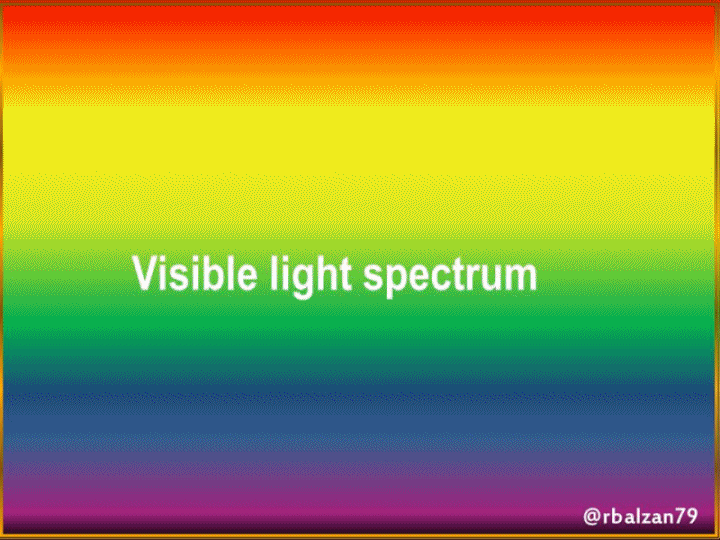
Introduction
For this purpose, we will use the fundamental bases of geometric optics, among which are the concept of luminous rays and their propagation in a straight line. As we know, our environment is full of innumerable particles, bodies or objects that we can visualise thanks to the propagation of the luminous rays emitted by such bodies or objects towards our eyes, and they project these images onto our retina, which acts as a receiving screen for these rays.
When light rays propagate in our environment, they may encounter some type of object or body that hinders their free propagation. Therefore, other types of phenomena intrinsic to such propagation will develop, such as reflection, absorption, refraction and diffraction, these phenomena of great importance for essential applications of light in our lives.
In this opportunity we will apply science at home through the development of an optical instrument known as a spectroscope, and the same homemade which will allow us to decompose a certain beam of visible light into its component colours, and thus begin to know and fill our essential electromagnetic spectrum, therefore, when decomposing the light we will get its spectral fraction and we know that through this we have been able to know our natural environment.
We can express that there are several ways to decompose a beam of light being one of the most recognized through an optical prism, but in this opportunity we will build an optical instrument which we will call spectroscope and it implements a diffraction network of reflection that will allow us to carry out our purpose of scattering a beam of light.
It is important to highlight some characteristics of the spectroscopes and we can say that their main objective is the analysis of the essential phenomenon of light, this has allowed it to be very useful in various areas such as physics, astrophysics, chemistry, among others, then, through this instrument we will analyze artificially the breakdown of white or visible light in its various component colours, this phenomenon can be observed in an extraordinary natural process such as the rainbow.
As we will use a diffraction grating in our spectroscope, we must express that the phenomenon of diffraction is characteristic of waves (analysed by physical optics), and this originates because these waves during their propagation encounter a certain obstacle in their path and this causes the light rays to stop following a straight line, for example, when certain light rays pass through or pass through a small hole they begin to scatter.
Therefore, a diffraction network has a repetitive structure, and with this it is possible to achieve a certain perturbation periodically in a light wave front, as we will see in this article. When the light rays hit a diffraction network, it manages to separate the component colours of this light beam, or what is the same, its constituent wavelengths.
The spectroscope
Throughout our rich history we have tried to understand the fascinating world around us, this as we know has been developed through the implementation of various tools in the scientific area, and each of these with particular tasks due to the enormous complexity of our complex but wonderful universe.
In accordance with the above, we can say that a biologist collects diverse species of plants for certain analyses, a geologist does so with the diverse minerals that are generated on our earth's surface, but in the case of an astronomer we can say that this is based on the capture or reception of the different luminous rays that the innumerable celestial bodies manage to emit from the highest part of our external universe.
It is important to note that thanks to the implementation of the optical instrument such as the spectroscope, astronomy has been able to study the luminous rays of the celestial bodies in our Solar System, or beyond, our galaxy (Milky Way), where it is able to visualise a colour spectrum filled with a lot of information.
It should be noted that this important astronomical action can be transferred to our homes, as we will see when we carry out a type of home spectroscope, which will allow us to observe any example related to the action of this spectroscope, and how they affect the various rays of light, whether artificial or natural, and thus visualise different spectra of our environment.
When speaking of the capacity of luminosity we can express that each chemical element present around us has its own imprint of luminosity, therefore, the light reflected by any particle, body or object will depend on its chemical composition. This important characteristic has allowed us to know the elements that make up our stars or celestial bodies.
With our home spectroscope, we can analyse in a general way different light sources, either artificial or natural, such as the luminous rays coming from our sun.
Diffraction
This type of phenomenon is characteristic of the different waves, just as with those that represent light, i.e. electromagnetic waves, this phenomenon develops when any type of wave when propagated stumbles or hits an obstacle, and in this way the light rays stop propagating in a straight line, for example, when a very small hole is obtained, as can be seen in the following figure 1.
Figure 1. Light ray diffraction
Diffraction networks
For our purpose this concept is very important, since it allows us to describe that a diffraction network represents a set of repetitive elements with equal separation distances, which causes such elements to originate repeated alterations in any light wave front. What is important for us is that this diffraction network divides or disperses a light beam in its constituent colours or wavelengths.
Network by reflection
This is the type of diffraction network that we will use for our practical experience, and it is elaborated by marking parallel lines separated uniformly on a polished or reflective surface, therefore, the luminous rays will be reflected between the salient spaces between these recorded lines, an example of this diffraction network, represented by the compact disc or CD.
Let us now turn to the development of our home-made spectroscope and see if it is possible to achieve the proposed purpose, that is to say, the decomposition or dispersion of a beam of light of either artificial or natural origin such as that coming from the Sun.
In the previous figures you observed the elaboration of a spectroscope, now we will use it with the purpose of being able to visualize its action, this can be seen in the following images captured by this optical instrument, starting with the spectrum or wavelengths captured from an artificial light source such as a white light LED bulb, as you can see in the following figure 2.
Figure 2. Spectrum of light rays from an LED bulb (artificial source)
Now we will look at the spectrum of another source of artificial light such as an incandescent bulb as we can see in the following figure 3.
Figure 3. Spectrum of an Artificial Light Source (Incandescent Bulb)
Now we point our spectroscope at the light rays emitted by the sun, and we can see the image below in figure 4.
Figure 4. Spectrum of a natural light source such as the sun's rays
We continue with our spectroscope but now pointing at the cloudy sky, therefore, the luminous rays coming from our central star, the Sun, are not emitted uniformly as we can see in the following figure 5.
Figure 5. Spectrum of the sun's rays with cloudiness
In this image or spectrum of sunlight, we can notice the low uniformity of the rays of sunlight, which slip through the clouds to reach our optical instrument. This can be seen in the discontinuous formation of its component colours.
But what will we observe if we point our spectroscope at a source of artificial light with a monochromatic composition like the one we will present in the following figure 6.
Figure 6. Spectrum of a monochromatic artificial light source
In general we have expressed that each emission of white light rays will generate a certain spectrum or set of wavelengths, but when the light rays come from a source whose composition is monochromatic, only one wavelength will be shown as shown in Figure 6.
Conclusion
Our environment can be observed by the propagation of the luminous rays towards our natural optical systems (eyes), this means that the understanding of the spectral fraction of white light has allowed us to obtain the greatest amount of knowledge extracted from our surroundings either the closest or the furthest from our outer universe.
In this opportunity we started with the conformation of our essential electromagnetic spectrum, and of course, we had to do it with the spectral fragment of the white or visible light to our eyes, for this we implemented a homemade optical instrument and as you could see we could demonstrate that through it we achieved our goal, which was to show the different wavelengths that make up light.
The aforementioned was observed in each of the images captured by our spectroscope, and furthermore, this characteristic was not observed when we analysed artificial light whose wavelength is singular or monochromatic. Therefore, we were also able to demonstrate that science forms an essential part of our lives and that we can transfer it to any space-time where we find ourselves.
Until another delivery my appreciated readers of Hive.blog, especially to the members of the community of #STEMsocial, for which I recommend widely to be part of this wonderful project, since they allow us to emphasize the great task of the academy and the great effort that constantly makes the field of science.
Note: All images were made using the Paint application, Power Point and the animated gif was made with the PhotoScape application, the photostatic images were captured by the optical instrument (camera) of the ZTE BLU Life Play 2 mobile phone.
Bibliographical references
[1] Charles H. Lehmann. Geometría Analítica. Décima tercera reimpresión. Editorial Limusa. México, D.F. 1989.Online access
[2] E.R. Huggins. Physics Geometrical Optics, 2000.Online access.>
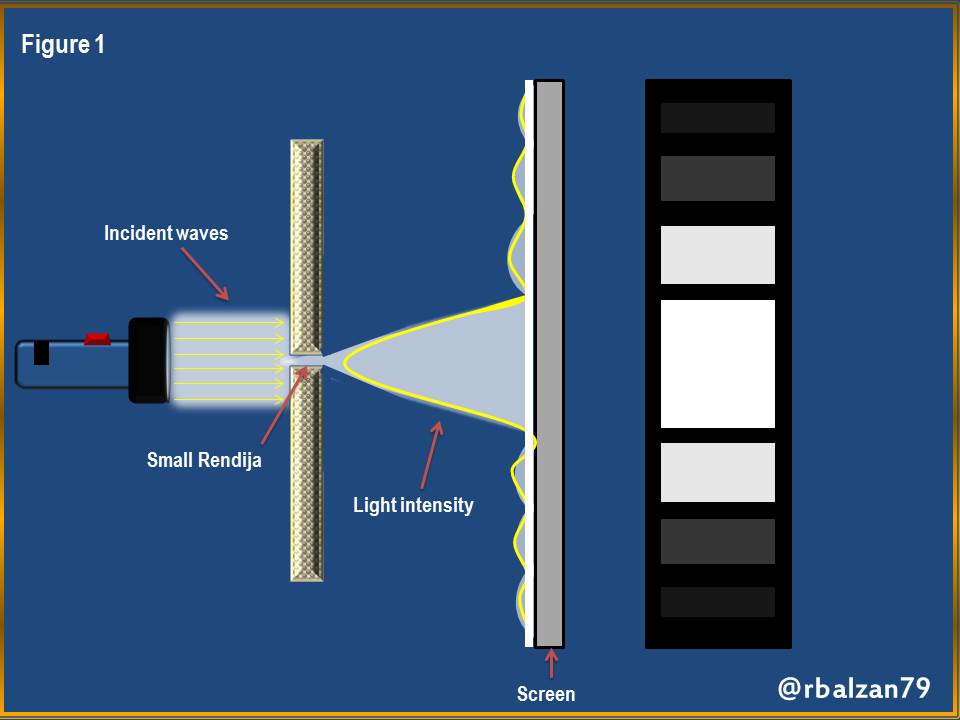

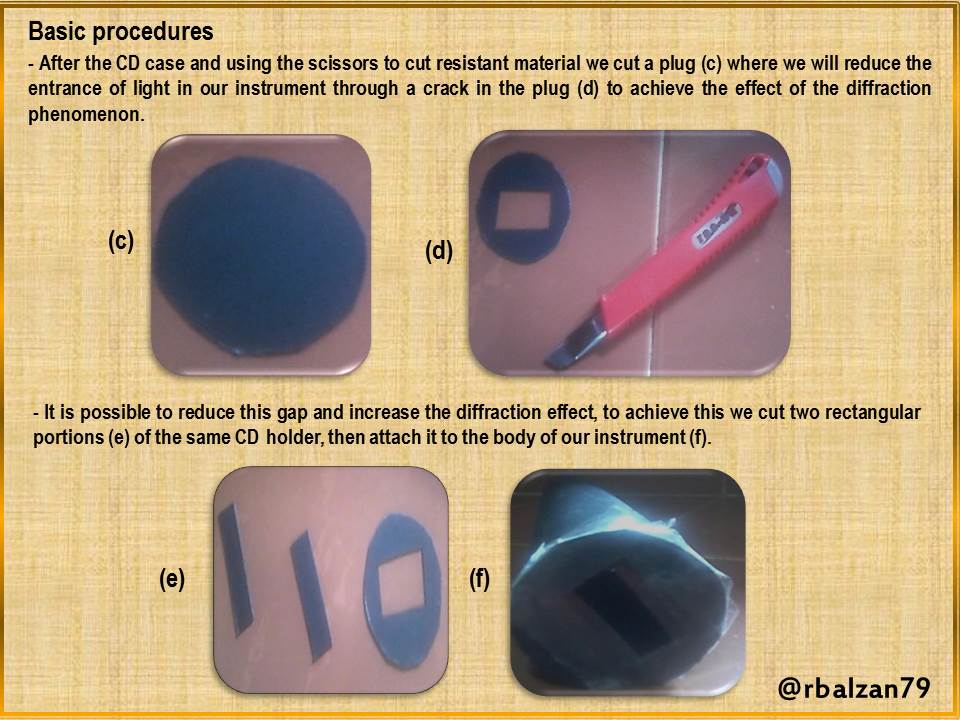
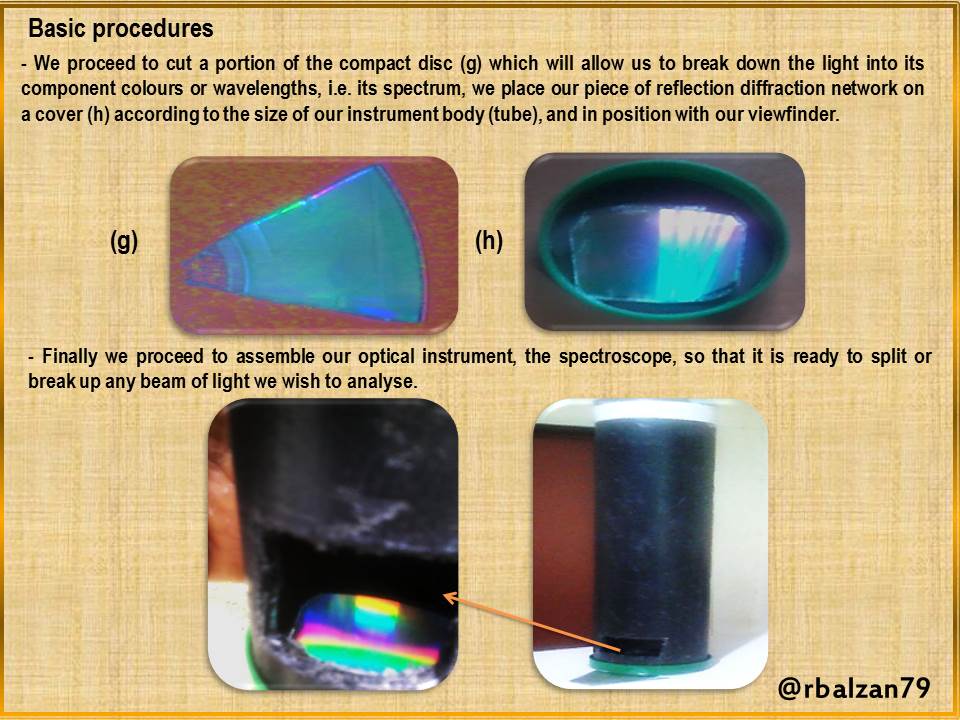

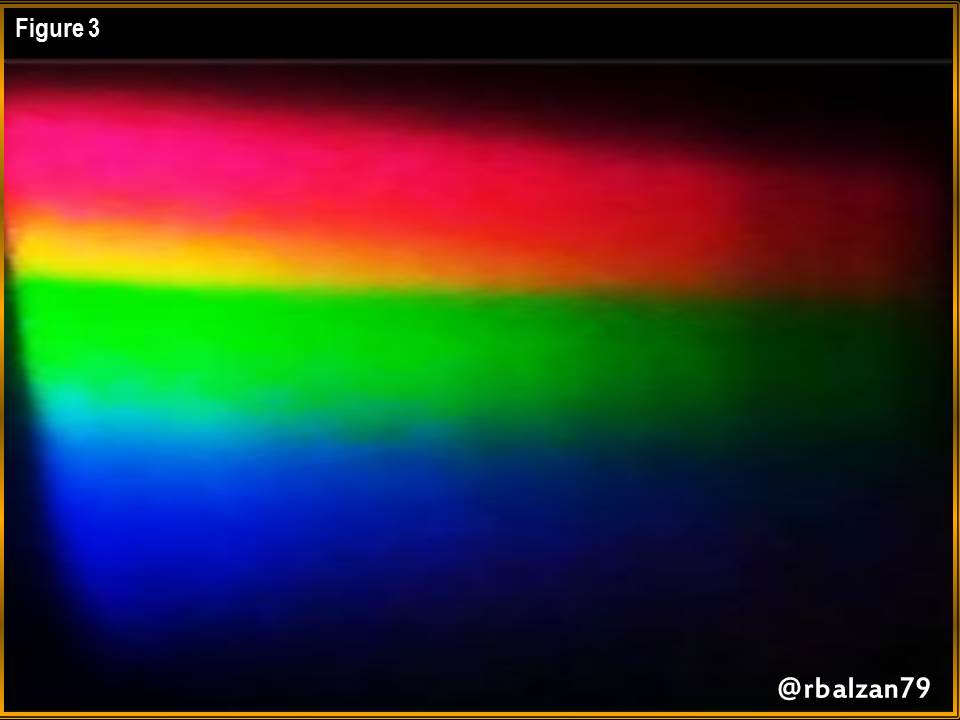
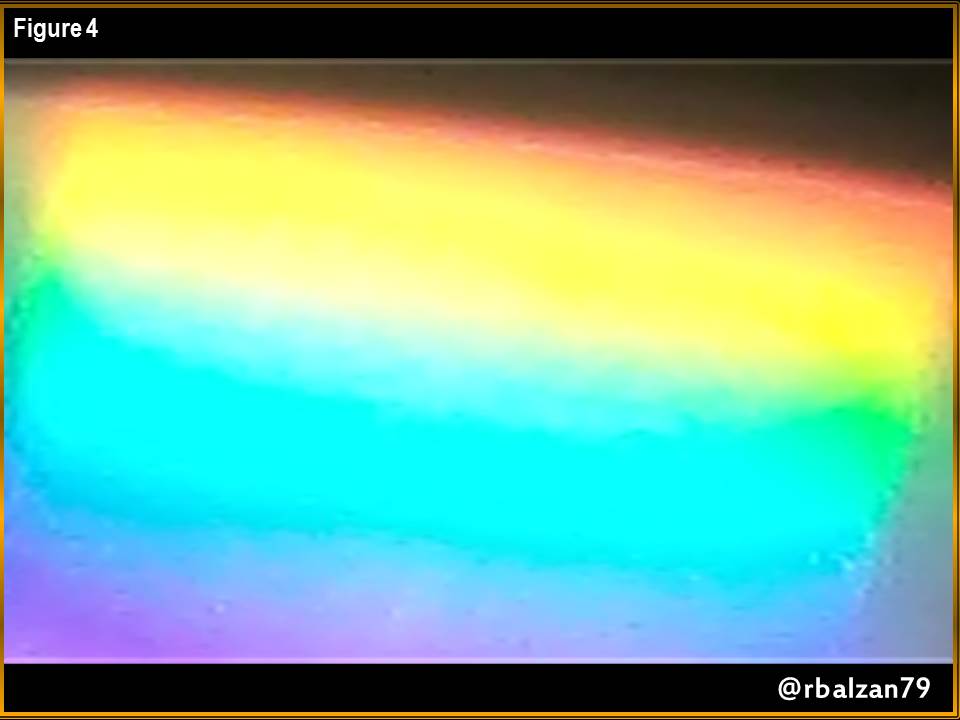
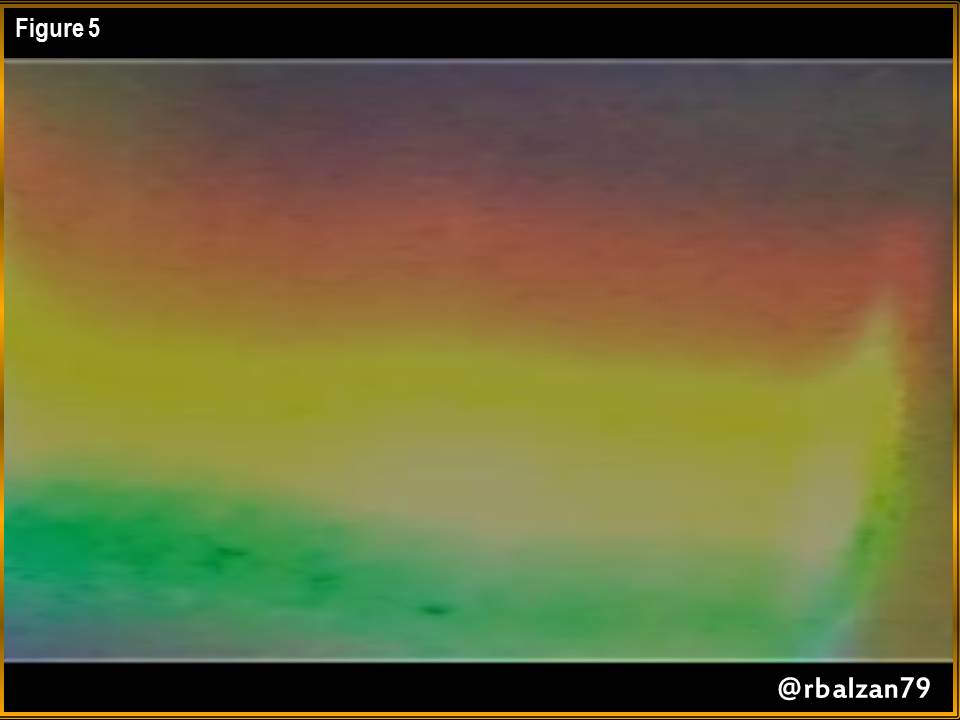
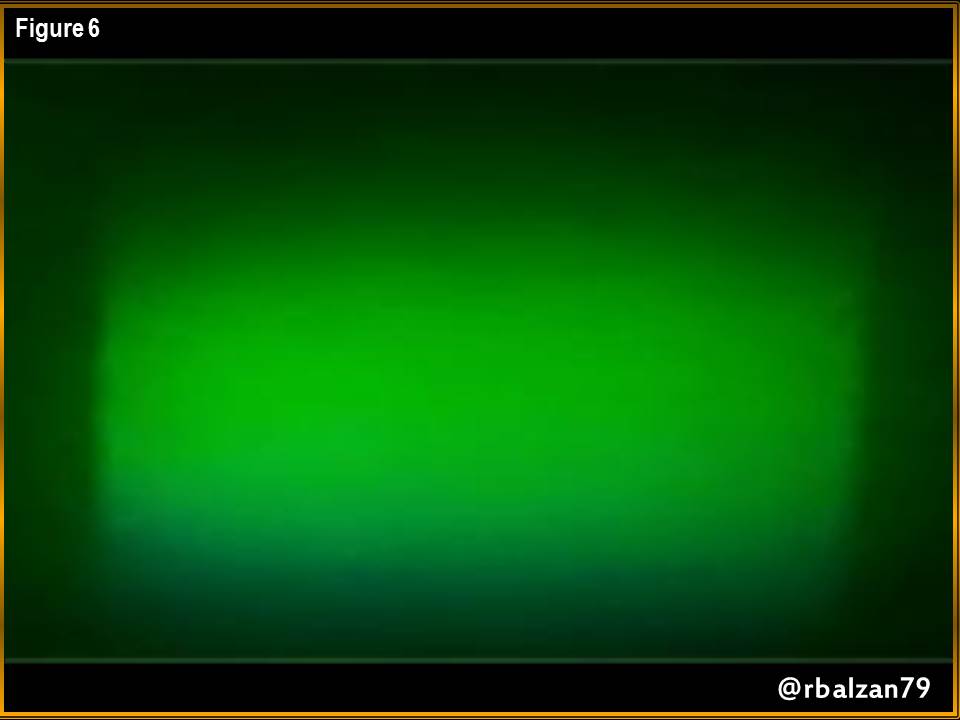
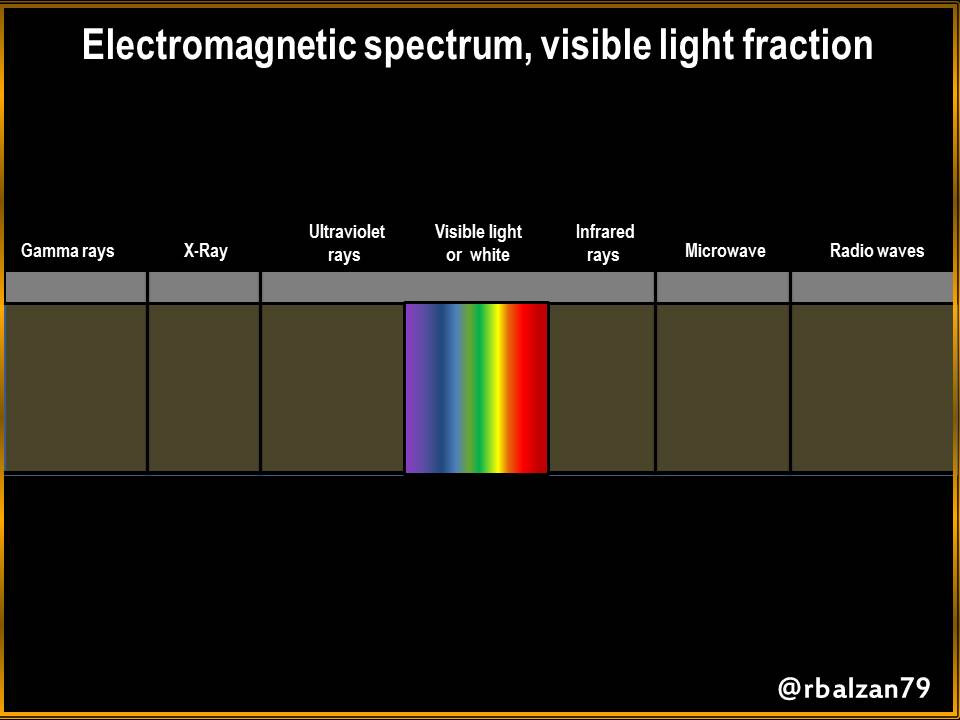
#hive , #poshhttps://twitter.com/balzan_r/status/1300552118554722304?s=20
Excelente trabajo
Greetings dear friend @rbalzan, excellent content of great value to science, very explicit information and as always excellent images.
Good work friend, successes and blessings for your family !
Thank you friend @amestyj for your visit and important comment. Successes friend.